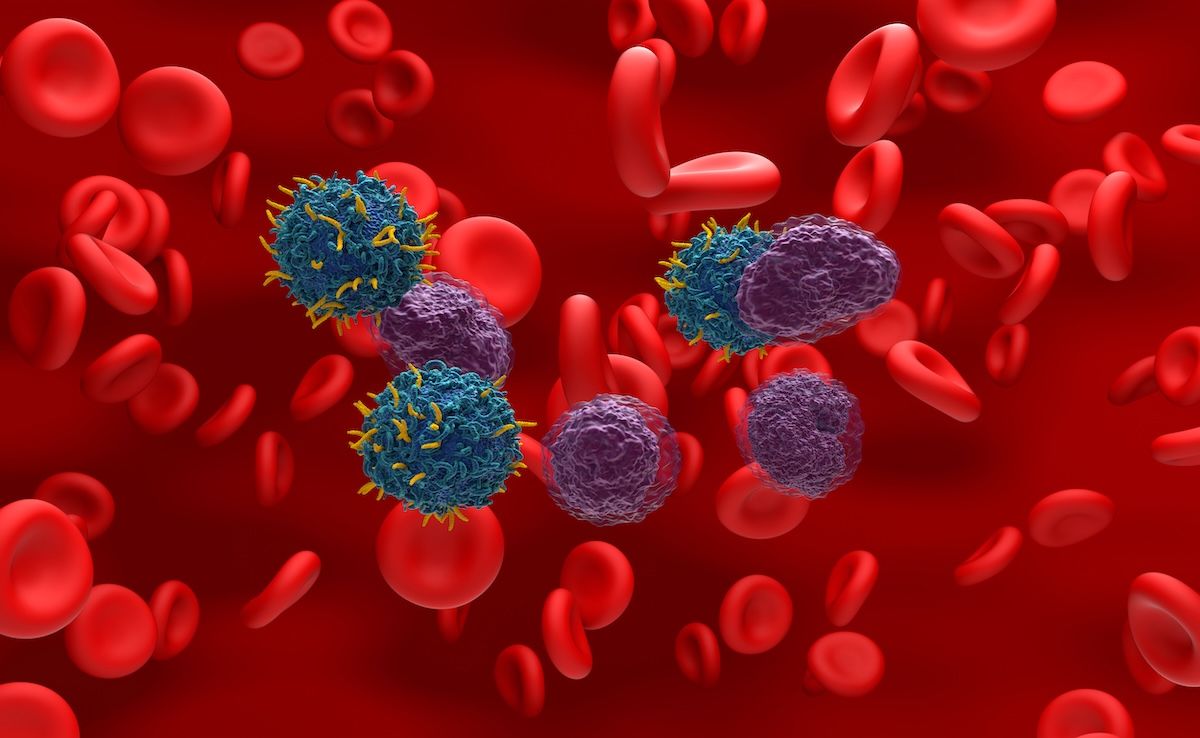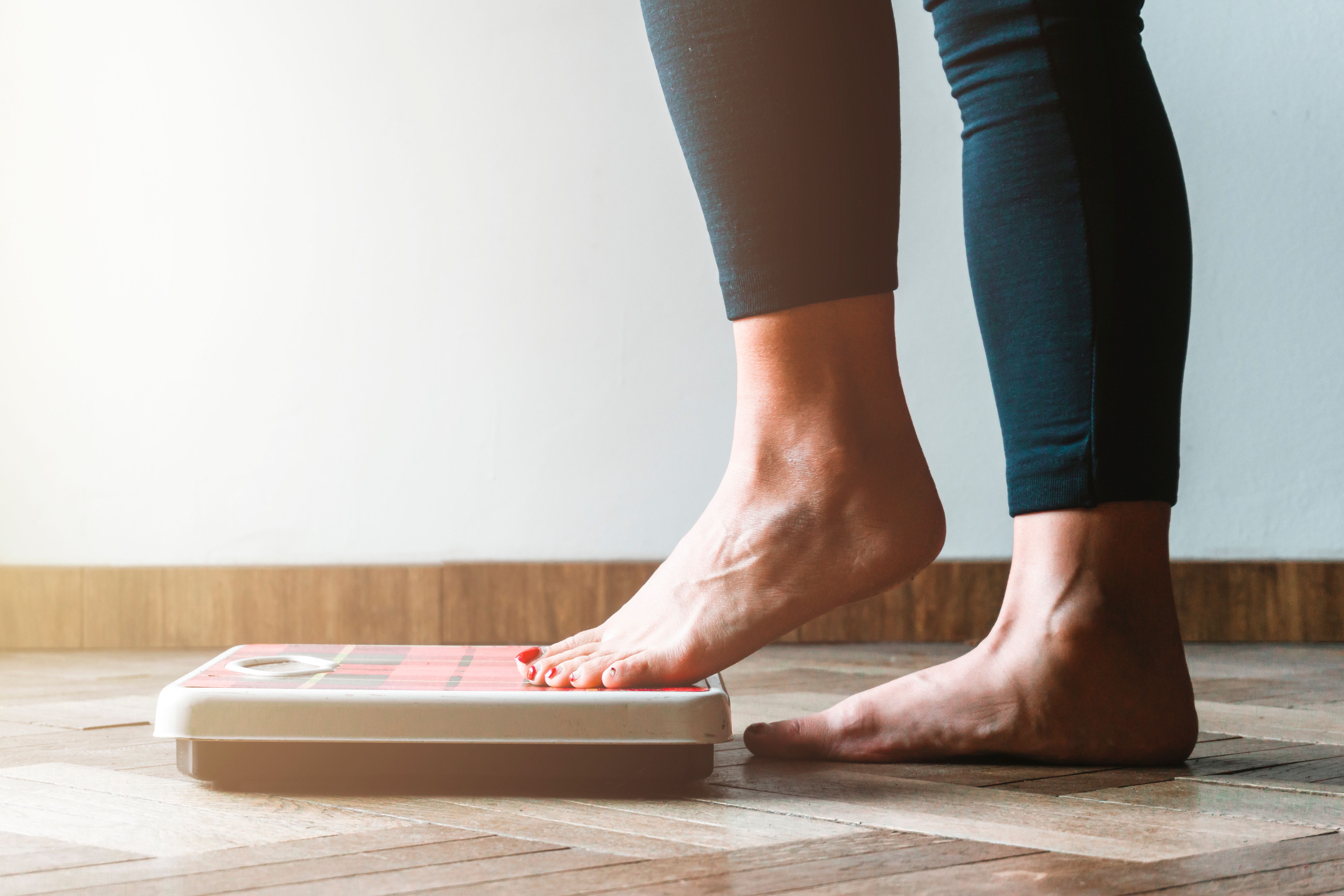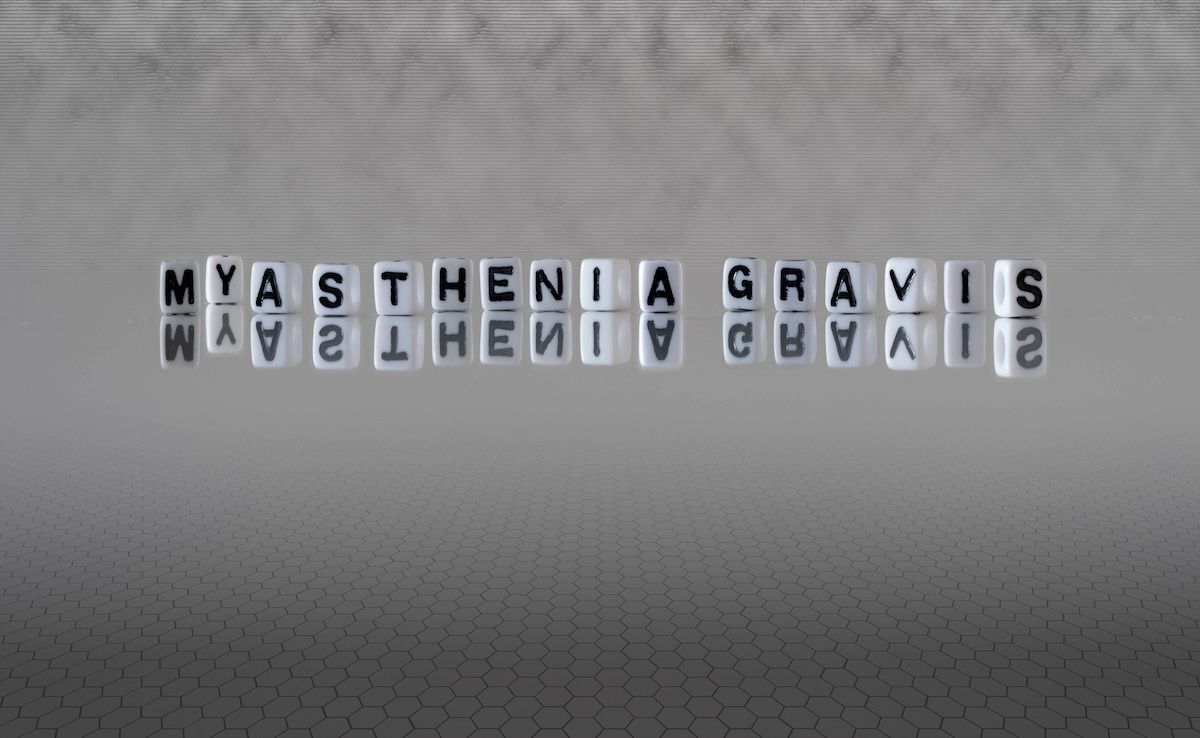Video
Managing Autoimmune Disease Post Partum
Megan E.B. Clowse, MD: It’s long been taught that rheumatoid arthritis gets better in pregnancy and worsens after delivery. Somebody actually won the Nobel Prize based on that finding, and it led to the discovery of cortisol. It turns out, however, in the modern era, that we just don’t see the same kind of benefit from pregnancy that we used to with rheumatoid arthritis. We’re not sure if that means that we’re measuring things differently. Now we expect a lot when we say people really go into remission, whereas 50 years ago, women just got vaguely mobile and we called it remission. We don’t know whether this is because women are really better controlled now prior to pregnancy, and so there’s not as much room for improvement. We don’t see these dramatic improvements in rheumatoid arthritis very often, in my experience, during pregnancy, but we definitely see some improvements.
The way that I often see that in my patients is that they are able to take their medicine a bit less frequently during pregnancy than they would outside of pregnancy. So if they were taking certolizumab every 2 weeks before pregnancy, they might not actually find that they need it every 2 weeks during pregnancy. I may actually let them take it every 3 or 4 weeks during pregnancy.
Rheumatoid arthritis appears to improve during pregnancy. Psoriatic arthritis and ankylosing spondylitis, however, really don’t seem to improve nearly as much as rheumatoid arthritis does in pregnancy. Many women will continue to have ongoing inflammation in their joints that sometimes even worsens if a drug has been stopped for pregnancy. So, unfortunately, for those women, we can’t expect much improvement. Every once in a while, somebody does feel better. That’s a gift, but that can’t be counted on.
After delivery, women with rheumatoid arthritis, particularly the ones who felt great while pregnant, tend to have flares. We actually have seen flares in up to 75% of patients in studies from about 10 to 15 years ago. Some of those flares are just terrible. Particularly in women who are not taking medications, within a few weeks, they will return to sort of their prediagnosis status of rheumatoid arthritis with big, horrible, swollen joints. In my experience, it doesn’t happen right after delivery. You kind of get a 4-week grace period. Then…4 to 12 to 16 weeks after delivery is the time period when it seems to come back, in my experience.
What I do, and what I suggest to a lot of my patients, is that we anticipate this postpartum flare. I don’t really see a reason to wait for it. Having a small baby at home seems like the worst time you could actually have severe rheumatoid arthritis, so I usually have patients start their medications…very soon after delivery, such as when they get home from the hospital. This way they’ve had at least a month of the drug before they actually start to enter that time period where there is the risk of flare. And with that I see a lot less flare. My flare rate is much lower than 75% because of that.




